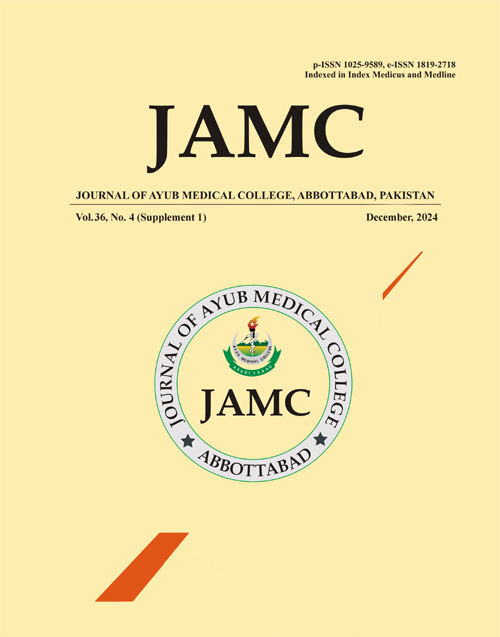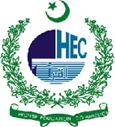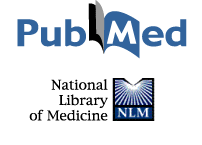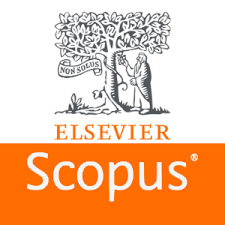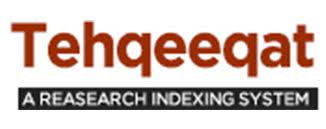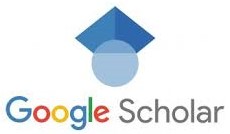TO DETERMINE THE EFFECTIVENESS OF PATIENT EDUCATION AND COUNSELLING AS A SELF-LEARNING STRATEGY FOR UNDERGRADUATE MEDICAL STUDENTS
DOI:
https://doi.org/10.55519/JAMC-S4-13883Keywords:
Patient Education and Counselling, Self-learning Strategy, Undergraduate Medical StudentsAbstract
Background: Patient education and counselling is an effective strategy for fostering patient-doctor relationship. Undergraduate medical students must learn how to counsel patients. Objectives were to assess the effectiveness of patient education and counselling as a teaching strategy and compare it with the Large Group interactive teaching strategy (LGIS). Methods: A true experimental study was conducted at Saidu Medical College affiliated hospital with 60 fourth-year MBBS students. Stratified random sampling divided participants into control (LGIS) and experimental (self-learning with patient counselling) groups. Both groups took a baseline knowledge test. The control group attended lectures, while the experimental group studied self-care for type 2 diabetes and conducted patient counselling with a simulated patient. Post-intervention knowledge scores and feedback were analyzed using SPSS 23. Results: The LGIS group pre-test mean baseline knowledge score was 30.73±12.11, increasing to 35.40±13.29 post-test. The experimental group, pre-test and post-test knowledge scores ±SD were 31.67±12.75 and 38.95±12.95 respectively. Paired t-tests showed significant improvements in both groups with a p-value of 0.001. However, the independent t-test indicated no significant difference between the two teaching methods (p=0.299). Additionally, 90% of the experimental group found patient counselling techniques practical and effective. Conclusion: Although significant associations between the two groups were not observed, effective patient counselling is a more practical learning technique to understand diseases in clinical settings.
References
1. Wilson OW, Broman P, Tokolahi E, Andersen P, Brownie S. Learning outcomes from participation in student-run health clinics: a systematic review. J Multidiscip Healthc 2023;16:143–57.
2. Thrien C, Fabry G, Härtl A, Kiessling C, Graupe T, Preusche I, et al. Feedback in medical education – a workshop report with practical examples and recommendations. GMS J Med Educ 2020;37(5):Doc46.
3. Feudtner C. Commentary: What are the goals of patient edu-cation? West J Med 2001;174(3):173.
4. Hoving C, Visser A, Mullen PD, Van den Borne B. A history of patient education by health professionals in Europe and North America: from authority to shared decision making education. Patient Educ Couns 2010;78(3):275–81.
5. Brown WA, Burton PR, Shaw K, Smith B, Maffescioni S, Comitti B, et al. A pre-hospital patient education program improves outcomes of bariatric surgery. Obes Surg 2016;26(9):2074–81.
6. Lopez-Vargas PA, Tong A, Howell M, Craig JC. Educational interventions for patients with CKD: a systematic review. Am J Kidney Dis 2016;68(3):353–70.
7. Curry RH. Meaningful roles for medical students in the pro-vision of longitudinal patient care. JAMA 2014;312(22):2335–6.
8. Thistlethwaite JE, Bartle E, Chong AA, Dick ML, King D, Mahoney S, et al. A review of longitudinal community and hospital placements in medical education: BEME Guide No. 26. Med Teach 2013;35(8):e1340–64.
9. Schutte T, Tichelaar J, Dekker RS, van Agtmael MA, de Vries TP, Richir MC. Learning in student‐run clinics: A systematic review. Med Educ 2015;49(3):249–63.
10. Melchart D, Eustachi A, Wellenhofer-Li Y, Doerfler W, Boh-nes E. Individual health management-a comprehensive life-style counselling programme for health promotion, disease prevention and patient education. Forsch Komplementmed 2016;23(1):30–5.
11. Lo Sasso AA, Lane JL, Malloy RB. Using standardized pa-tient outcome to measure the effect of teaching asthma-related patient education and information-giving skills to medical students. Teach Learn Med 2005;17(3):228–32.
12. Shenoy R, Jain A, K B, Shirali A, Shetty SB, Ramakrishna A. A task-based learning strategy in preclinical medical educa-tion. Adv Physiol Educ 2022;46(1):192–9.
13. Ozkan H, Degirmenci B, Musal B, Itil O, Akalin E, Kilinc O, et al. Task-based learning programme for clinical years of medical education. Educ Health (Abingdon) 2006;19(1):32–42.
14. Al-Dabbagh SA, Al-Taee WG. Evaluation of a task-based community oriented teaching model in family medicine for undergraduate medical students in Iraq. BMC Med Educ 2005;5(1):31.
15. Brazeau CM, Schroeder R, Rovi S, Boyd L. Relationship between medical student service and empathy. Acad Med 2011;86(10):S42–5.
16. Modi A, Fascelli M, Daitch Z, Hojat M. Evaluating the rela-tionship between participation in student-run free clinics and changes in empathy in medical students. J Prim Care Com-munity Health 2017;8(3):122–6.
Downloads
Published
How to Cite
Issue
Section
License
Copyright (c) 2024 Humera Gabeen, Usman Mahboob, Humera Adeeb, Brekhna Jamil, Hajra Imtiaz , Nowshad Asim

This work is licensed under a Creative Commons Attribution-NoDerivatives 4.0 International License.
Journal of Ayub Medical College, Abbottabad is an OPEN ACCESS JOURNAL which means that all content is FREELY available without charge to all users whether registered with the journal or not. The work published by J Ayub Med Coll Abbottabad is licensed and distributed under the creative commons License CC BY ND Attribution-NoDerivs. Material printed in this journal is OPEN to access, and are FREE for use in academic and research work with proper citation. J Ayub Med Coll Abbottabad accepts only original material for publication with the understanding that except for abstracts, no part of the data has been published or will be submitted for publication elsewhere before appearing in J Ayub Med Coll Abbottabad. The Editorial Board of J Ayub Med Coll Abbottabad makes every effort to ensure the accuracy and authenticity of material printed in J Ayub Med Coll Abbottabad. However, conclusions and statements expressed are views of the authors and do not reflect the opinion/policy of J Ayub Med Coll Abbottabad or the Editorial Board.
USERS are allowed to read, download, copy, distribute, print, search, or link to the full texts of the articles, or use them for any other lawful purpose, without asking prior permission from the publisher or the author. This is in accordance with the BOAI definition of open access.
AUTHORS retain the rights of free downloading/unlimited e-print of full text and sharing/disseminating the article without any restriction, by any means including twitter, scholarly collaboration networks such as ResearchGate, Academia.eu, and social media sites such as Twitter, LinkedIn, Google Scholar and any other professional or academic networking site.

